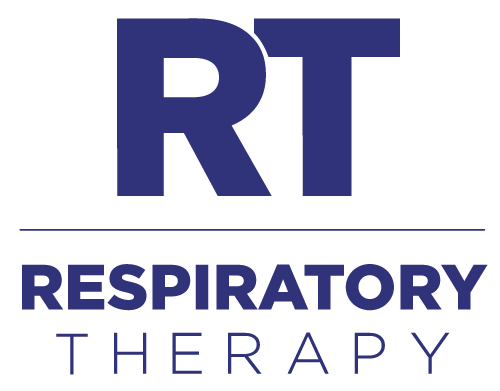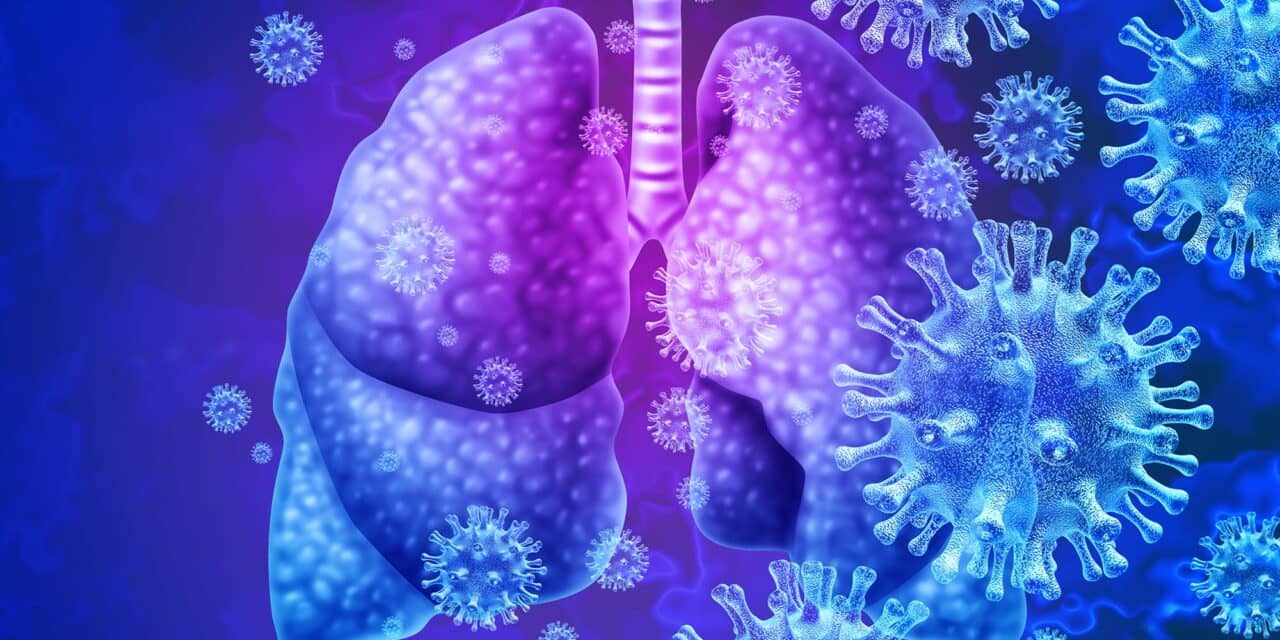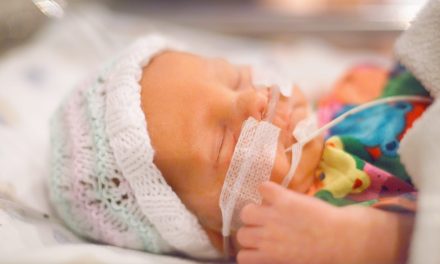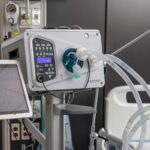An unidentified respiratory virus is suspected to be the sole cause of Kawasaki disease, a rare condition that typically affects children under five-years-old.
RT’s Three Key Takeaways:
- Single-Virus Cause Identified – Research from Lurie Children’s Hospital suggests that Kawasaki disease is caused by a single respiratory virus, contradicting previous theories of multiple pathogens or toxins.
- Breakthrough in Diagnosis & Treatment – Scientists found viral inclusion bodies in all 20 tissue samples spanning five decades and two continents, marking a major step toward identifying the virus and improving diagnostic and treatment strategies.
- Potential for Prevention – Understanding the virus behind Kawasaki disease could lead to new diagnostic tests, targeted treatments, and potentially preventive measures for this serious pediatric illness.
New research strongly suggests that Kawasaki disease is caused by a single respiratory virus that is yet to be identified, according to a study study published in Laboratory Investigation.
The findings, reported by scientists at Stanley Manne Children’s Research Institute at Ann & Robert H. Lurie Children’s Hospital of Chicago, contradict the theory that many different pathogens or toxins could cause this disease that can lead to serious cardiac complications in young children.
“The cause of Kawasaki disease has been a mystery for over 50 years,” said Anne Rowley, MD, pediatric infectious diseases expert and scientist at Manne Research Institute at Lurie Children’s, who is the lead author on the “Our compelling data are a huge step forward and provide a clear direction for the field to identify and sequence the virus that causes Kawasaki disease in susceptible children. This will be critical to advancing the diagnosis, treatment and prevention of Kawasaki disease.”
Kawasaki disease is relatively uncommon, affecting mostly children between 6 months and 5 years of age. Lurie Children’s sees 50-60 newly diagnosed Kawasaki disease patients a year.
Currently, there is no diagnostic test for Kawasaki disease. Clinical signs include fever, rash, swelling of the hands and feet, irritation and redness of the whites of the eyes, swollen lymph glands in the neck, and irritation and inflammation of the mouth, lips, and throat. Children with Kawasaki disease have a 20 percent chance of developing heart disease, while infants are at higher risk with 50 percent chance of cardiac complications. The standard treatment, intravenous immunoglobulin and aspirin, substantially decreases the risk of heart disease in patients with Kawasaki disease. Steroids may be added for the highest risk patients.
In their study, Dr. Rowley and colleagues prepared antibodies from blood cells of children with Kawasaki disease, in order to see what these antibodies will target in tissue samples of patients who died from the disease. They found that the antibodies recognized so-called inclusion bodies, which are by-products of a virus, in all 20 tissue samples that represented cases from the U.S. and Japan over 50 years.
“We saw the same inclusion bodies targeted in every tissue sample spanning five decades and two continents, which shows that we are dealing with one predominant virus causing Kawasaki disease,” said Dr. Rowley. “It appears to be a respiratory virus since the inclusion bodies were in the medium size airways. Going forward, we need to focus on studies of pathology specimens to gain understanding of what is inside the inclusion bodies so that we can identify the Kawasaki disease virus and finally solve the mystery.”










